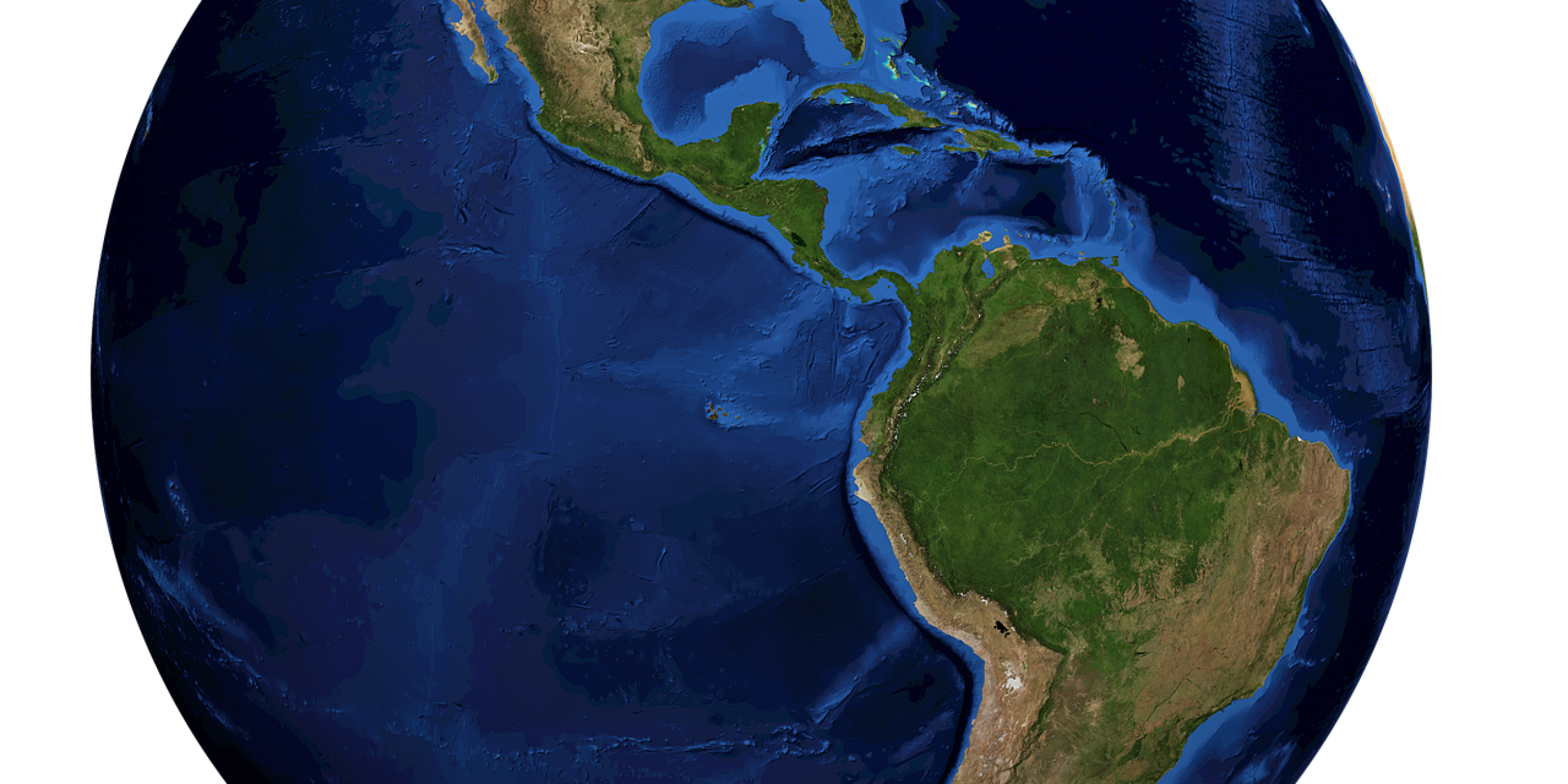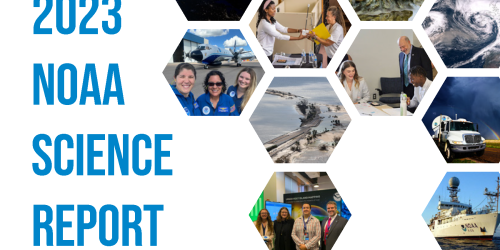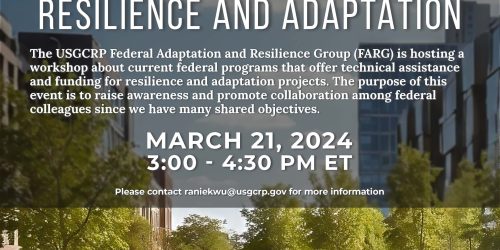El Niño-Southern Oscillation (ENSO) is a climate pattern that involves changes in sea surface temperatures (SST). Although centered around the eastern tropical Pacific Ocean, associated variations in SSTs can be found in other parts of the world.
A recent study, partially funded by the Climate Program Office’s Climate Variability & Predictability (CVP) Program, presents a new framework to analyze these teleconnections. CVP-funded researcher Ping Chang from Texas A&M University, alongside researchers from Japan Agency for Marine‐Earth Science and Technology, and The University of Tokyo, used a linear inverse modeling method, to assess how interactions between the Pacific, Atlantic, and Indian Ocean basins affect the predictability of sea surface temperature in the tropics. Linear inverse modeling, which differs from the commonly used general circulation models, allowed the researchers to explore these complex interactions in a straightforward way with reduced bias. These modeling experiments show that including these interactions are essential for accurately predicting ENSO and related variability. This approach is applied to notable extreme ENSO events in 1982/83 and 1997/98, and results showed specific causes were focused on localized anomalies, rather than interactions with other ocean basins.
This study, published in Climate Dynamics, provides valuable insights to improve predictability of future ENSO events, and contributes to CVP’s efforts to use modeling and analysis to better simulate natural climate variability patterns.










